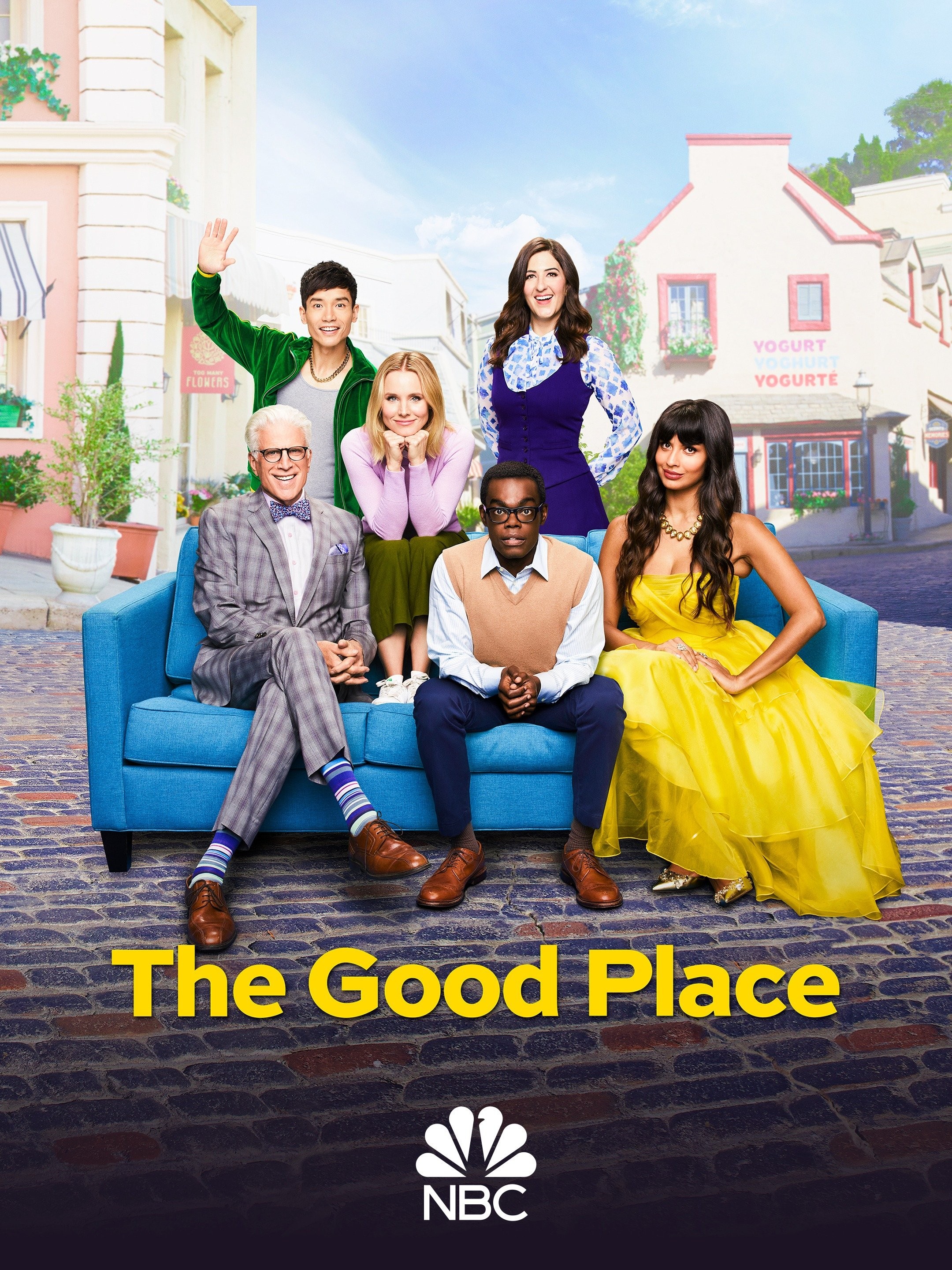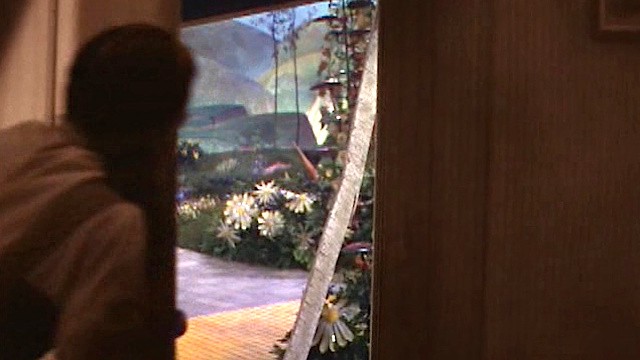The studio prompt for Beyond a Joke, Beyond a Genre was “How can we creatively think of comedy as a mode within (and beyond) a genre, form, and media?”. To answer this question, we worked week-by-week to explore the nuanced range of comedy through theories of humour and comedy modes. Individually and in small groups we produced media artefacts utilising these theories and modes to exemplify the diverse nature of comedy. As for my individual work I find that comedy is varied and personal. I especially enjoyed the first two weeks wherein we explored incongruity and relief/benign violation. This is because I feel as these particular artefacts highlight the simplicity of comedy as a genre–comedy within a genre. This is as opposed to the latter (smaller) group work, which explored parody, satire, and hybridisation, and ultimately the broad nature of comedy beyond its own genre. In combining the elements explored in weeks 1-6, I think Rogue became a well-rounded example of comedy as both a standalone and transcending genre. Through its use of incongruity, benign violation, parody, satire, and hybridisation, I think the project illustrates the studio prompt and key concerns of the anatomy of comedy. Aside from that I hope the artefact is funny to at least some extent.
As I said in my reflective essay, I would focus on amplifying its use of the theories of humour. I think a lot of the comedy in our artefact is subtle and may only be seen by an audience who has engaged with this studio. I don’t think the elements of comedy’s subtly is a bad thing for a broader audience but could have helped them understand certain creative choices.
When looking at other studio members’ work, I think the diverse nature of comedy is only strengthened. Looking at the film Trip Up, for instance, it’s very obvious from the beginning that the film is absurd. Their use of incongruity and benign violation is apparent and does nothing but add to the film’s humour. The film’s editing enforces this, as it quickly becomes clear that the story is evoked by paranoia. From a search of someone who isn’t missing to the murder of a delivery driver to a random beach pirate, Trip Up applies several modes of comedy with which the creators highlight the nuances within comedy as a gerne. Similarly, Milk Run runs on absurdity which alternatively kicks off a pretty grim story. For me, anyway, Milk Run, while absurd and funny is a very dark in nature. It explores the simplicity if not cultural shock of an interstate university student and does so with the backing of a self-aware sense of absurdity. I think the modes of comedy are subtle here and ultimately allows for a darker tone to be set while not sending people into existential crisis. Overall, these two short films highlight both comedy as a genre and comedy beyond its self-contained genre. Essentially, with an undercurrent of absurdity, incongruity, and benign violation, the films explore different themes, one more comedy-driven, the other more dramatic and cerebral, producing examples of comedy within and beyond its own genre.
In terms of another studio, I found A Case of Scrambled Eggs from the ‘Reimagining Crime Club’ of particular intrigued. The ‘Reimagining Crime Club’ studio asked students, “How can the Crawfords Collection at the AFI Research Collection be creatively reimagined for contemporary audiences?”. This question, alongside the studio’s concerns are answered and illustrated by A Case of Scrambled Eggs. Not only is the title engaging, so is the content of the media artefact. It reads very satirical of the true crime genre through its use of sound and cinematography and therein lies the studio prompt. I for one, am more likely to follow a comedy as opposed to really any other genre, so the creators’ didactic retelling and unironic reenactments of the events, and use of editing makes the artefact digestible and engaging. Ultimately, I think their artefact acknowledges and answers the studio prompt and its key concerns.


